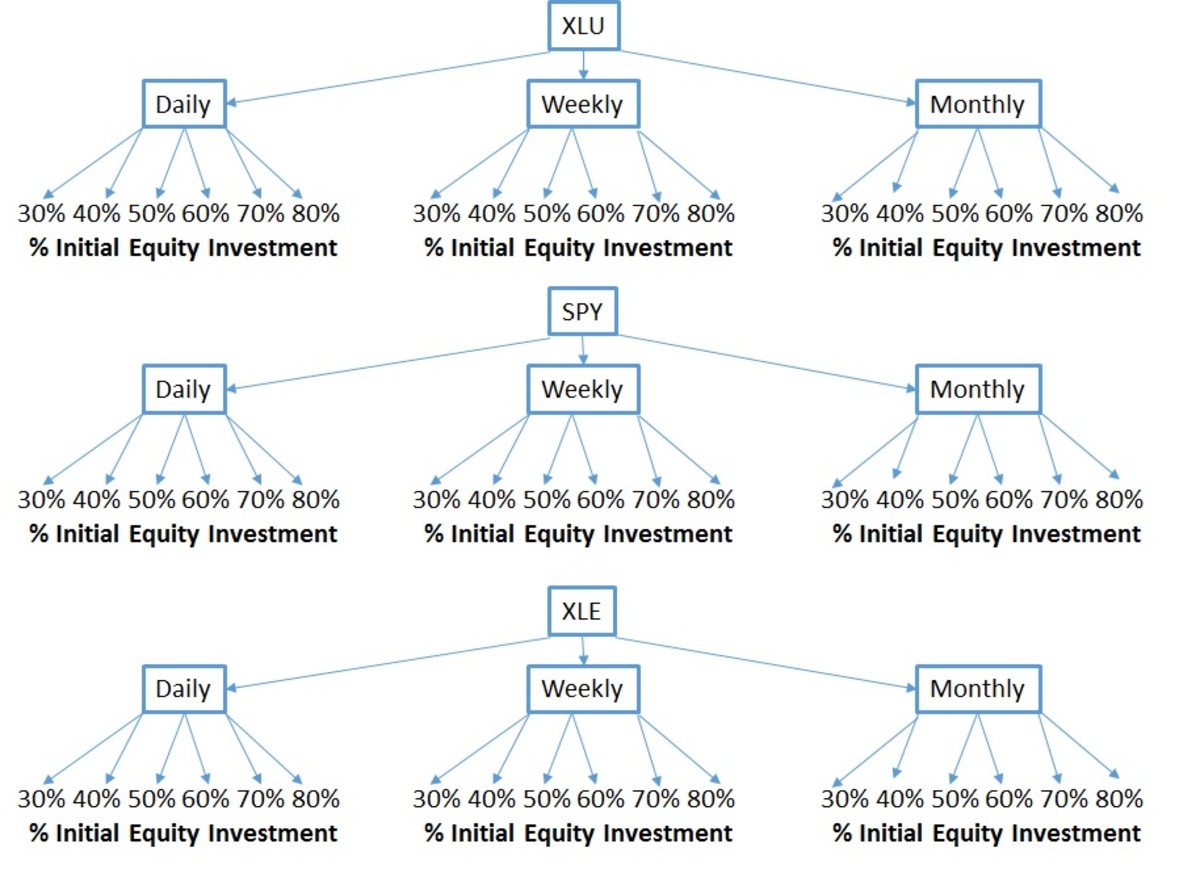Living Benefit Annuities…Buyer Beware

As a result of two major market panics in the last two decades, the use of variable annuities as a solution to the financial needs of the consumer has increased. These products have been marketed and re-marketed in various different formats with numerous bells and whistles. In some cases a variable annuity may in fact make a great deal of sense. Many individuals who are young enough and in a higher income range may have already maximized their employer driven tax shelters. With enough time on their side towards retirement, the tax shelter of a variable annuity may provide substantial benefits. There are in fact a number of circumstances where such a long term tax shelter may be advantageous. Tax sheltering dollars is the key to a deferred annuity. However, all too often variable annuities are marketed towards individual investors as a solution for qualified money (401k’s/IRA’s) because of the additional living benefits they offer. Yet qualified money already has the characteristics of a tax shelter. So what really is a living benefit and do you need them ???
What is a living benefit ??? A living benefit is an insurance benefit that pertains to the account value of your funds. Historically variable annuities offered a death benefit that would insure at least a portion of the value of your account for your heirs at death. Living benefits developed to offer coverage that can be applied in various ways. One such way is the insurance of an income stream. As a simple example of how this may be applied is the insurance company might guarantee you a withdrawal rate on the funds in your IRA for the duration of your life. The percentage withdrawal rate would typically apply to the age in which you begin to draw a cash flow. So for example…imagine you were age 62 and had $100k in an IRA and wished supplement your income stream with this asset. And insurance company may offer you a variable annuity with a portfolio of a number of mutual funds and guarantee you that at age 62 you can withdraw 4% annually for the duration of your life, or 4k per year. Even if your portfolio were to decline to zero at some point in the future, the insurance company will continue to pay you this 4% cash flow. While this might sound great to some…let’s take a closer look.
The first thing to look at is the 4% cash flow. The 4% in a guaranteed withdrawal benefit is typically NOT a guaranteed rate of return. It is simply the maximum amount of your own money that you are permitted to withdraw annually. The rate of return is dictated by the underlying investments which can go higher or lower on any given day, no different than any investment account. Since the insurance company is on the hook for the cash flow should your investments decline to zero, they typically put some constraints on the investment flexibility within the contract. They may for example mandate an allocation that has at least 70% stock market exposure. Various studies in the financial planning field have taught us that someone who maintains an asset allocation of 60% equities and 40% in fixed income and draws 4% of their assets proportionately each year has an excellent chance of stretching their portfolio at least 30 years. For that same 62 year old, that brings you to age 92…past your statistical life expectancy. So as we can see, the insurance company is simply limiting your cash flow for you, and it is highly unlikely that they will ever have to pay you from their own funds.
Expenses are another major issue to consider when examining a variable annuity with living benefits. Every contract has what is a called a Mortality and Expense Fee (M&E Fee). The average M&E fee is around 1.25% of the value of the contract and can range as high as 2%. This is a separate and distinctly different fee than that of the mutual fund expenses within the contract. The first thing to note is that had you built your portfolio outside of the annuity contract with the exact same investments, you would have rate of return in excess of the annuity product offered by exactly the amount of the M&E fee. So if the contract guaranteed you the ability to draw 4% annually from your own account, which is highly probable anyway…the cost to get that 4% guarantee is that you must pay the insurance company 1.25% per year. Another important component is what value the M&E fee is accessed upon. If your contract started at 100k, but then declined to 80k after several years of making withdrawals…the 1.25% may still be based upon the original investment. Some annuity contracts have been written in such a way that the M&E is based on either the original investment or any increase in value to the investments. However, if your account goes down due to a market decline, withdrawals or some combination thereof, you might be paying 1.25% of 100k even though your account is only worth 80k. This makes many of these contracts much less attractive and substantially more expensive upon a closer look.
Fund expenses are another factor to consider and once again are separate and distinctly differently than the M&E fee’s. While many investors wish to utilize mutual funds as a way to properly diversify a portfolio, they should and often due pay close attention to the cost of these fund fee’s. Mutual funds in a retail account are sold in shares, while mutual funds in an annuity contract are sold in units. It is quite possible to have the same fund with the same fund manager that has an entirely different expense ratio. In many cases the fund offerings available in a variable annuity are substantially higher than what the cost would be to buy the same fund or something similar in a regular retail investment account. More often than not, the annuity version is more costly and can range as high as 1% or more.
Surrender charges are often another substantial consideration. Because these contracts are designed to offer these benefits by pooling risk, they need to guarantee control of your assets for a period of time. So they commonly apply surrender periods that can be 5-7 years before you can close or transfer your account penalty free. Depending on the contract, the surrender fee can be a substantial portion of your account value.
The term annuity refers to many different types of products. Some of them offer valuable benefits when applied properly in the right circumstances. And some companies like Vanguard offer some very low cost versions of these contracts. However, investors should look very closely at the fine print before committing to any contract that they have been offered. In the case of living benefit variable annuities, the aggregate fees can equal 3% or more of the account value just to obtain a 4-5% guaranteed cash flow. The word guarantee can sound very attractive to many investors. Yet in the case of living benefits…more often than not, the guarantee isn’t much of a guarantee at all.
Suggested Reading
- Managed Futures: An Alternative Investment Strategy
The core principles of applying investing to a sound financial plan have for more than a half of a century revolved around the work of Harry Markowitz, and the foundation he outlined for Modern Portfolio Theory (MPT). Yet, in recent decades we have.. - How to Understand Floating Rate Notes
In recent years we have seen unprecedented actions by global central banks to influence economic events and create monetary stimulus. Here in the Unites States, the Federal Reserve has held interest rates well below historical norms through... - Tax & Estate Planning via Charitable Donations
Charitable donations are something that Americans are inclined to do more so than citizens of virtually every nation on earth. This is in part a result of the fact that the US is the wealthiest nation on earth and has the largest per capita GDP per.. - The US Housing Crisis...How it Happened
One of the most impactful recessions in US history began with the linchpin of the inflated US housing collapse which culminated in 2008. This has been one of the most discussed topics in recent years, as it has had a profound economic impact on both. - National Income Disparity...A Look Behind the Number...
Over the years there has been an ongoing discussion about the growing income disparity in the United States. This discussion has been particularly emphasized when compared to the income distribution of other parts of the world. While it’s true... - Understanding The Long/Short Strategy
The single most important factor in a successful long term asset allocation investment strategy is the ability to maintain a low correlation between asset classes. In order for the notion of an asset allocation to work, a portfolio must be actively.. - 2013 in Review...A Case for Asset Allocation
As we look back at 2013 and how individual asset classes as well as sub asset classes performed, we see a strong case for maintaining a longer term asset allocation strategy. The timing of the short term direction within financial markets has not... - Retirement Savings & Reducing the Tax Burden
Saving for retirement is something most Americans understand is of vital importance. Yet often investors are confused about the best places to save for retirement. The answer in most cases is not one or the other, but rather multiple places. The... - Term Insurance vs Permanent Insurance
Life insurance planning is a topic that is often very confusing for the average individual. There are various different types of insurance products available, and it is not always clear which solution is the most suitable for an individual to... - The Benefits of Master Limited Partnerships
A Master Limited Partnership (MLP) is a partnership which has the ability to trade on a public securities exchange. There are two core components which are the Limited Partner and the General Partner. The Limited partner is the investor who puts up..








